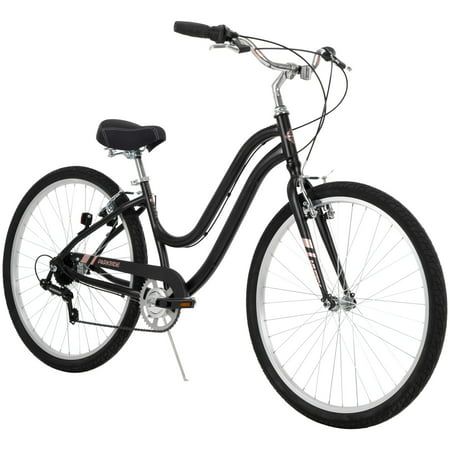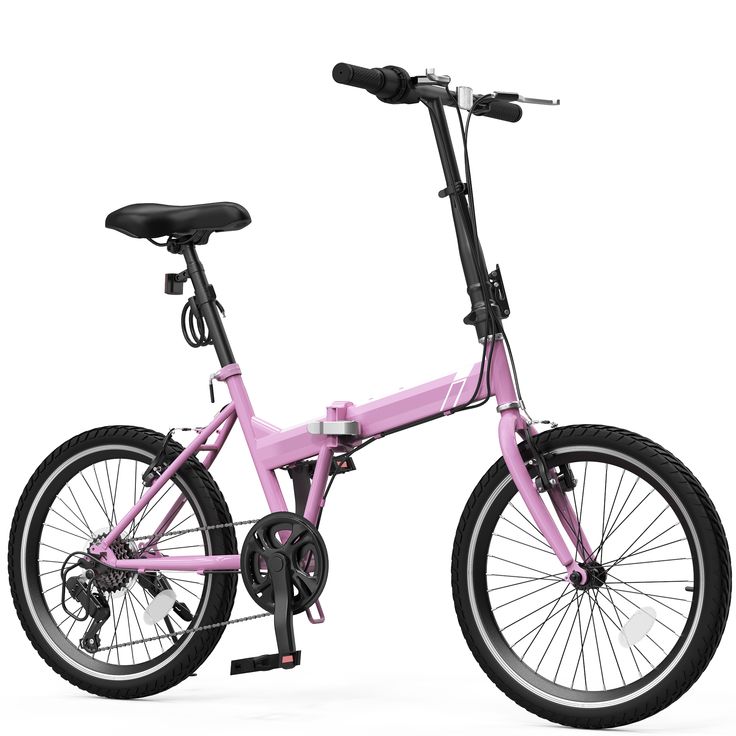Wheeling into the world of cycling maintenance, learning how to true a bicycle wheel is a fundamental skill every cyclist should have. A trued wheel is crucial for a smooth ride and overall bike performance. Despite its importance, many cyclists make common mistakes when attempting to true their wheels. This guide will explore how to true a bicycle wheel effectively, detailing critical errors to avoid. Whether you’re a seasoned cyclist or a novice, understanding these pitfalls can save you time, frustration, and potentially costly repairs.

Understanding Wheel Truing: How to True a Bicycle Wheel
Before diving into the nuts and bolts of wheel truing, it’s essential to understand what “truing” means. Truing a bicycle wheel involves adjusting the tension of the spokes to ensure the wheel is perfectly round and spins straight. A wheel that is out of true can lead to various problems, including uneven tire wear, poor braking performance, and a less enjoyable riding experience.
When learning how to true a bicycle wheel, the first step is to familiarize yourself with the components involved. Wheels consist of spokes, the rim, hub, and optionally, a brake track. The spokes connect the hub to the rim, and when they are unevenly tensioned, this causes the wheel to wobble or become misshapen. It’s advisable to invest in a truing stand if you plan on doing it frequently, as this will make the process much easier and more accurate.
Common Mistake: Skipping the Inspection Process
One of the pivotal steps in how to true a bicycle wheel is inspection. Neglecting this step can lead to misalignment and poor adjustments. When you start the truing process, it’s critical to inspect the wheel for any broken spokes or damage to the rim that could affect truing.
- Visual Checks: Begin with visual cues. Look for bends, flat spots, or any signs of damage on the rim. A simple visual inspection could save you from more extensive repair if unnoticed.
- Check for Loose Spokes: By squeezing pairs of spokes, you can determine whether they are secure. If a spoke feels loose, it needs to be tightened before you begin the truing process.
- Spin Test: After you’ve visually inspected and checked the spokes, spin the wheel to identify any wobbles. This will guide your adjustment process.
By performing these inspections, you ensure you don’t waste time truing a wheel that is beyond repair, a common trap many cyclists fall into when aiming to learn how to true a bicycle wheel.

Improper Tension Adjustment: How to True a Bicycle Wheel Correctly
Adjusting spoke tension improperly is another major mistake in the wheel truing process. Learning how to true a bicycle wheel correctly means understanding the correct methodology to tension the spokes evenly.
- Understanding Tension: While it’s crucial to tighten loose spokes, over-tightening can warp the rim or even break the spokes, leading to further issues down the road.
- Incremental Adjustments: Rather than making significant adjustments, it’s best to work in small increments. Turn each spoke a quarter turn at a time before checking if the wheel is trued.
- Use of a Truing Stand: If you do have a truing stand, utilize it. It provides consistent pressure for your adjustments and can help you gauge your progress accurately.
The primary goal when adjusting tension is to create uniform tension across all spokes. This balanced tension allows the wheel to remain true over time, lending longevity and stability to your bike.
Ignoring the Rim’s Condition: How to True a Bicycle Wheel Responsibly
When considering how to true a bicycle wheel, it’s vital not to overlook the condition of the rim itself. Many cyclists focus too heavily on spoke tension and neglect to consider how a damaged rim impacts the process.
- Cracks and Dents: If the rim has significant damage, truing may not solve the underlying problem. Dents can affect the wheel’s ability to hold the tire properly, and cracks can compromise safety.
- Cleaning the Rim: Before you start truing, a clean rim is a must. Dirt and grime can cause false readings during your adjustments, leading to frustration.
- Brake Track Alignment: If your bicycle has rim brakes, consider how alignment affects your stopping power. An uneven rim can lead to inconsistent braking, which can be dangerous.
Ensuring your rim is in good condition not only aids in the truing process but also prolongs the lifespan of your wheel. As you become more proficient at how to true a bicycle wheel, also keep an eye on the condition of your components to maintain optimal performance.

Overlooking Wheel Alignment: A Key Factor in How to True a Bicycle Wheel
Another critical factor in the truing process involves the overall alignment of the wheel. That means understanding how the wheel aligns with the fork and rear triangle of the bike.
- Centering the Wheel: As you adjust the spokes, constantly check to ensure the wheel is centering correctly in the dropouts. An off-center wheel will lead to poor handling and increased wear on the tire.
- Comparative Alignment: Use visual markers—like the brake pads or fork blades—to gauge the wheel’s alignment. This process can help measure your adjustments effectively.
- Re-checking: After you feel you’ve trued the wheel, it’s wise to double-check its position after taking it off and back into the frame. Cyclists often get caught up in the adjustments without realizing how these can affect overall alignment.
Lastly, ensuring that your wheel maintains its alignment throughout the truing process is crucial. This holistic view is part of how to true a bicycle wheel effectively.
Failure to Regularly Maintain: The Final Misstep in How to True a Bicycle Wheel
Many cyclists do not realize that regular maintenance goes a long way in how to true a bicycle wheel and avoid complications. By adopting certain habits, you can keep your wheels straight longer and improve your overall biking experience.
- Routine Inspections: Make it a habit to inspect your wheels regularly, particularly if you cycle frequently or in harsh conditions. It is advisable to make it a habit to inspect your wheels regularly. By doing so, you can identify minor issues before they escalate into larger problems that could compromise your ride or even lead to accidents. Look for signs of wear, such as cracks, dents, or uneven surfaces, and ensure your tires are properly inflated.
- Tension Checks: Periodically check the spoke tension. Over time, spoke tension can change due to factors like weather conditions, riding style, or impacts from potholes. Using a spoke wrench regularly will help you maintain consistent spoke tension, ensuring the wheel remains true and properly aligned.
- Ongoing Education and Resources: Stay informed with resources or cycling workshops. Knowledge about maintenance techniques can enhance your DIY skills and ensure safer rides.
The final takeaway when learning how to true a bicycle wheel is that maintaining your wheels protects your investment and maximizes your cycling enjoyment.
Conclusion
In conclusion, learning how to true a bicycle wheel involves understanding the common mistakes cyclists make, from ignoring inspections to improper adjustments and neglecting regular maintenance. By following the guidance outlined in this article, you can not only improve your wheel truing skills but also enhance your overall cycling experience. Remember, a well-trued wheel is fundamental to a smooth ride, better performance, and safer journeys on your bike. Avoid the common pitfalls and embrace the art of wheel truing with confidence!